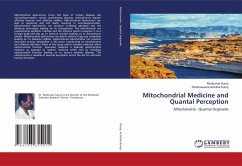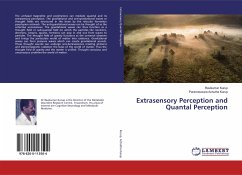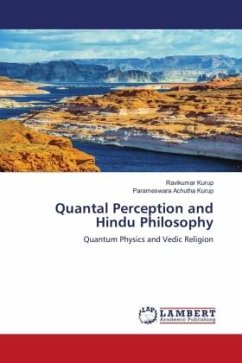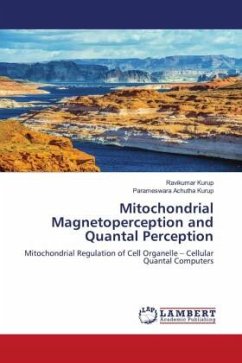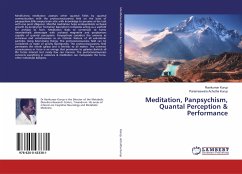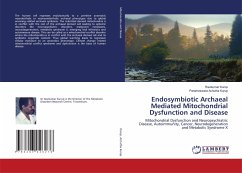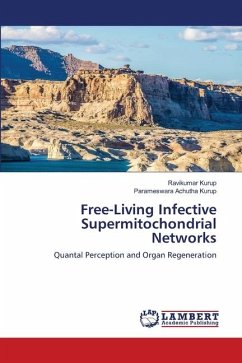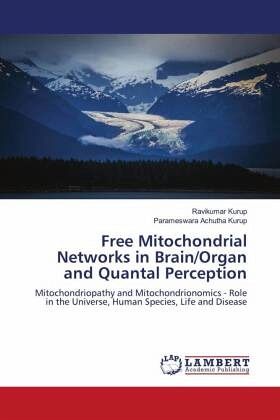
Free Mitochondrial Networks in Brain/Organ and Quantal Perception
Mitochondriopathy and Mitochondrionomics - Role in the Universe, Human Species, Life and Disease
Versandkostenfrei!
Versandfertig in 6-10 Tagen
77,99 €
inkl. MwSt.

PAYBACK Punkte
39 °P sammeln!
The magnetotactic mitochondria can also have a wave-particle existence and undergo teleportation. The teleportation of the magnetotactic mitochondria in the intergalactic space creates the intergalactic magnetic field which by its rotation contributes to formation of stars and planetary systems. The magnetotactic mitochondria in its wave form can be teleported to the earth and taken up by archaea as a symbiotic organism to complete the human cell. The magnetotactic mitochondria by its magnetoperception can regulate the other celluar organelle like nucleus, peroxisomes, endoplasmic reticulum, g...
The magnetotactic mitochondria can also have a wave-particle existence and undergo teleportation. The teleportation of the magnetotactic mitochondria in the intergalactic space creates the intergalactic magnetic field which by its rotation contributes to formation of stars and planetary systems. The magnetotactic mitochondria in its wave form can be teleported to the earth and taken up by archaea as a symbiotic organism to complete the human cell. The magnetotactic mitochondria by its magnetoperception can regulate the other celluar organelle like nucleus, peroxisomes, endoplasmic reticulum, golgi body, ribosome and cytoskeleton. The magnetotactic mitochondria by its magnetoperception can regulate other organ systems and orchestrate their functioning as a conductor. The cell-free magnetotactic mitochondria can form a network by fission and fusion and by magnetoperception can regulate each cellular organ including the human brain and in its wave form can survive mortality. The free magnetotactic mitochondrial colony functions as the primary brain structure modulating neurotransmission, information storage and quantal perception as well as consciousness.



